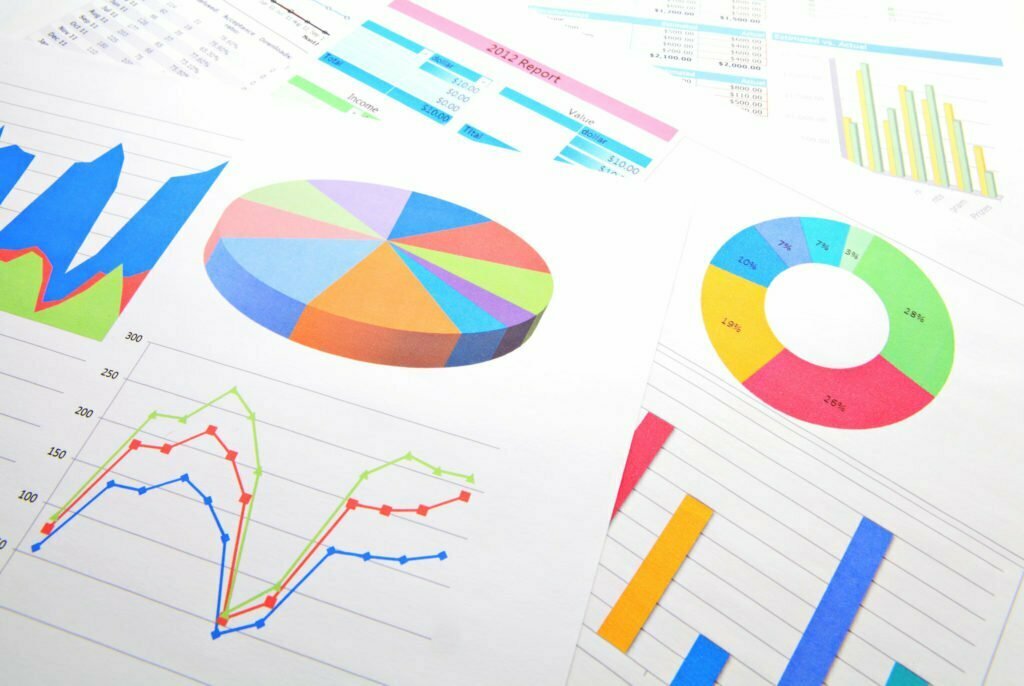Before considering the types of data you’d present in a bubble chart, you must know the answer to a crucial question: what is a bubble chart? A bubble chart is a graphical tool that uses circles, or bubbles, to display quantitative data. The size of the bubble is proportional to the value of the data point. The data can be displayed in a variety of ways, including a comparison of different data sets, or changes over time. Bubble charts are one of the best ways to compare and visualize the size of a bunch of data points. You can use them to compare, for example, the GDP of different countries or the market capitalization of different companies.
There are three types of data you might want to present in a bubble chart:
1. Comparison of Different Data Sets

When it comes to making comparisons, bubble charts are a great way to do so. They allow you to visualize data in a way that is easy to understand and compare. You can use them to compare different data sets, or to compare data sets over time. Bubble charts are especially useful when you want to compare the size of different data sets. They can help you to visualize how much each data set differs from the others. You can also use bubble charts to compare data sets that are not necessarily related to each other.
For example, you can use a bubble chart to compare the population of different countries. The size of the bubble can correspond to the population of the country, and the color of the bubble might correspond to the country’s political affiliation. Similarly, you can also use a bubble chart to compare the life expectancy of different countries. The size of the bubble corresponds to the life expectancy of the country, and the color of the bubble corresponds to the country’s political affiliation.
2. Changes Over Time
Bubble charts can also be used to compare data sets over time. This can be done by creating a bubble chart with two axes: the first axis representing time and the second axis representing the different data sets. The size of the bubble will then represent the value of the data set. This can be a very useful way to see how the different data sets change over time. For example, you could use a bubble chart to compare the sales of different products over time.
3. Geographic Distribution

Bubble charts are also used to visualize data that has been clustered into different categories. For instance, a bubble chart might be used to visualize the different types of cars that are being sold. In this case, the size of the bubble would be proportional to the number of cars of that type that have been sold. Bubble charts are a great way to visualize data that have been clustered into groups. They are easy to read and they allow you to see the size of each group. Bubble charts are especially useful when you want to compare the sizes of different groups.
Whatever type of data you’re presenting, you must keep a few important things in mind. Firstly, the size of the bubble should be proportional to the value of the data. When creating a bubble chart, it is important to make sure that the bubbles are all of the different sizes. This will make it easier to compare the data.
When creating a bubble chart, it’s also important to make sure that the bubbles are evenly spaced. This will ensure that the chart is easy to read and that the data is displayed accurately. If you have a lot of data, it might be difficult to evenly space all of the bubbles. In this case, you can select a small subset of data and create a bubble chart for that data. Then, use the copied data to create a bubble chart for the rest of the data. This will help to ensure that the bubbles are evenly spaced.



